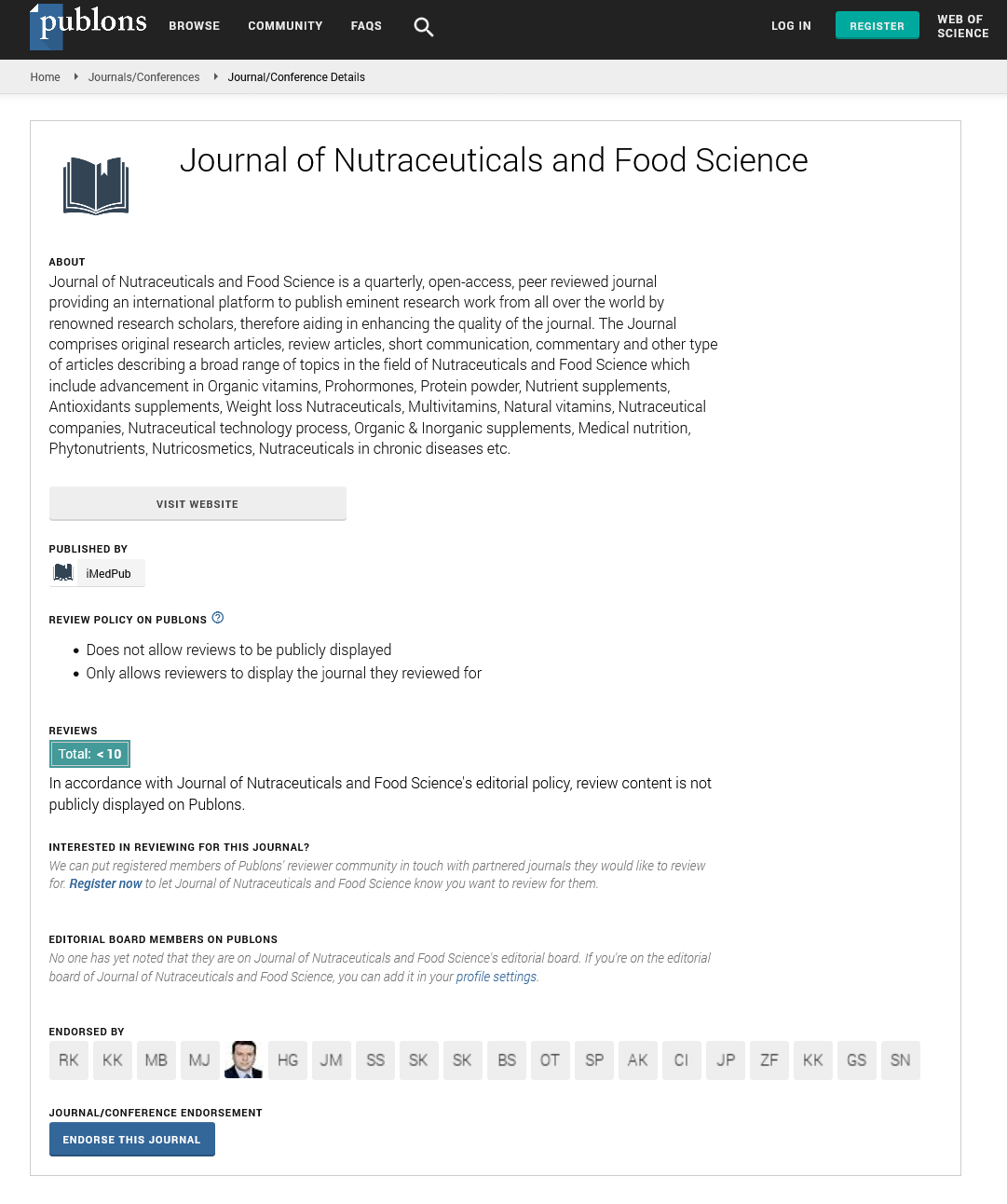Abstract
Innovations and applications of 3D printing in food sector-A review
Background: 3-D printing is a neoteric technology that can make existing food value chains client-desirable and sustainable by providing on-demand food production, enabling automated food personalization, and minimizing food wastage. However, its applicability is currently limited, and many researchers are investigating the technique' utility.
Scope and Research: This review paper provides a holistic outlook of the technology beginning with the various techniques utilized for 3-D printing and printers commercially available in the market. Substantial raw ingredients used for printing and the components which could be used soon are discussed. The pros and cons of this technology along with its potential applications and future perspectives of 3-D food printing are also evaluated. The aim of the review is to draw more attention to 3-D printing among researchers in order to improve the printing process and to provide some valuable knowledge for future research.
Key Findings and conclusion: Food printing has a huge impact on food processing methods, allowing designers/users to change forms and materials with remarkable capability. It can address hunger issues in countries where affordable and fresh ingredients are inaccessible by integrating nutrient-rich substrates, probiotics, bioactive compounds, and functional ingredients into complex fabricated foods. More research is needed to identify alternative materials that could be manufactured using this process. Furthermore, dissemination of information and knowledge about the rise of 3-D printing in food should be well organized and corroborated by relevant and logical scientific findings that will improve consumers or users understanding and acceptance of the technology.
Author(s): Akriti Taneja
Abstract | Full-Text | PDF
Share this

Google scholar citation report
Citations : 393
Journal of Nutraceuticals and Food Science received 393 citations as per google scholar report
Journal of Nutraceuticals and Food Science peer review process verified at publons
Abstracted/Indexed in
- Google Scholar
- Publons
- Secret Search Engine Labs
Open Access Journals
- Aquaculture & Veterinary Science
- Chemistry & Chemical Sciences
- Clinical Sciences
- Engineering
- General Science
- Genetics & Molecular Biology
- Health Care & Nursing
- Immunology & Microbiology
- Materials Science
- Mathematics & Physics
- Medical Sciences
- Neurology & Psychiatry
- Oncology & Cancer Science
- Pharmaceutical Sciences


